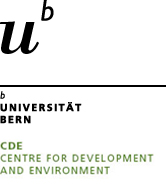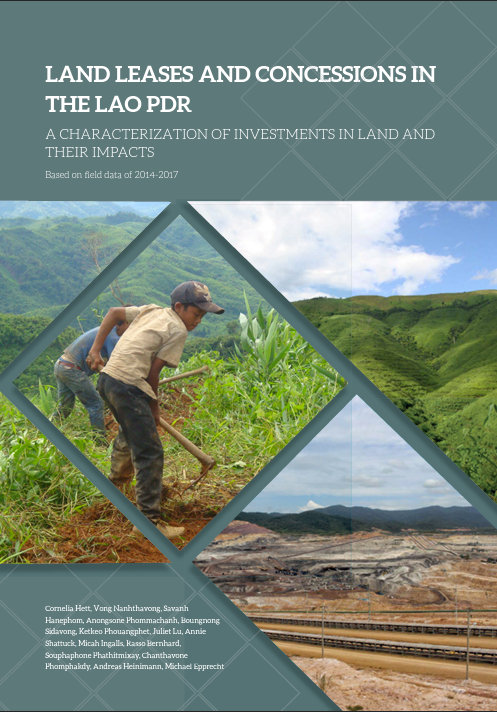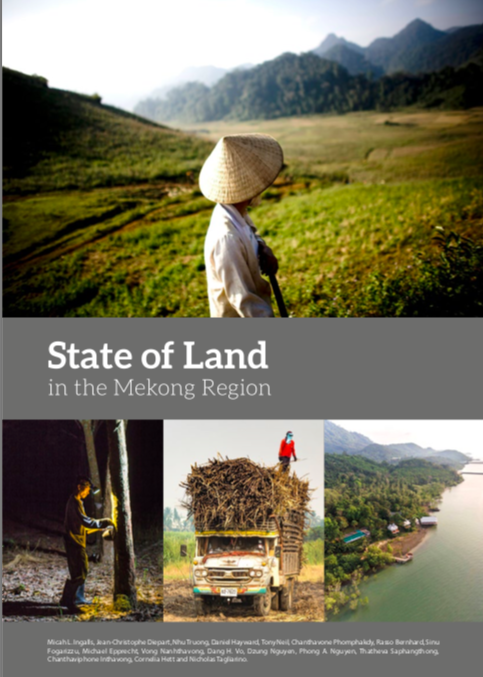Focal point
Location
CDE’s mission is to contribute to sustainable development in countries of the North, South, and East, through:
- research partnerships
- education and training
- development of concepts and tools
- raising awareness,
- policy advice.
Centre for Development and Environment
CDE focuses on:
- management of natural resources,
- integrated regional development, and
- interventions that mitigate syndromes of global change.
CDE places special emphasis on:
- highland-lowland interactions, and on
- high-potential – low-potential
- centre – periphery relationships.
CDE employs disciplinary and transdisciplinary approaches. Linking analysis and synthesis, and combining high-end and low-end methods, such as GIS-based earth observation and participatory field-based approaches, are typical of our programmes.
CDE supports the principles of subsidiarity, empowerment and partnership, while acknowledging the importance of research, planning and decision-making at regional, national and international levels.
Resources
Displaying 1 - 5 of 13Land Leases and Concessions in the Lao PDR: A Characterization of Investments in Land and their Impacts, Based on field data of 2014-2017
The management of land concessions and leases in the agriculture, tree plantation, hydropower and mining subsectors (referred to as land deals henceforth) is a crosscutting topic and involves a wide range of agencies of the Government of the Lao PDR (GoL) at various administrative levels, from the granting stage to the supervision and monitoring of progress and compliance.
Sustainable rangeland management in Sub-Saharan Africa - Guidelines to good practice
In Sub-Saharan Africa, the popular perception of rangelands and their management is that these vast areas have major problems without solutions: the common narrative focuses on overgrazing, herds of undernourished livestock, erosion and desertification, drought, famine, and conflict.
However, evidence compiled and analysed in this book show that such a view of rangelands – as being unproductive and mismanaged systems – does not reflect reality. It needs reconsideration and revision.
State of Land in the Mekong Region
The Mekong region – Cambodia, Lao PDR, Myanmar, Thailand, and Vietnam – is in the midst of profound social and environmental change. Despite rapid urbanization, the region remains predominantly rural. More than 60 per cent of its population live in rural areas, and the vast majority of these people are engaged in agriculture. Due to rapid growth of its agricultural sector, the Mekong region has become a global centre of production and trade for commodities such as rubber, rice, cassava, wood, sugar cane, and palm oil.
State of Land in the Mekong Region
The Mekong region – Cambodia, Lao PDR, Myanmar, Thailand, and Vietnam – is in the midst of profound social and environmental change. Despite rapid urbanization, the region remains predominantly rural. More than 60 per cent of its population live in rural areas, and the vast majority of these people are engaged in agriculture. Due to rapid growth of its agricultural sector, the Mekong region has become a global centre of production and trade for commodities such as rubber, rice, cassava, wood, sugar cane, and palm oil.
State of Land in the Mekong Region
The Mekong region has undergone rapid socio-economic growth over the past two decades alongside pronounced transformations in a number of key sectors and relations between the rural majority and increasingly-aff







